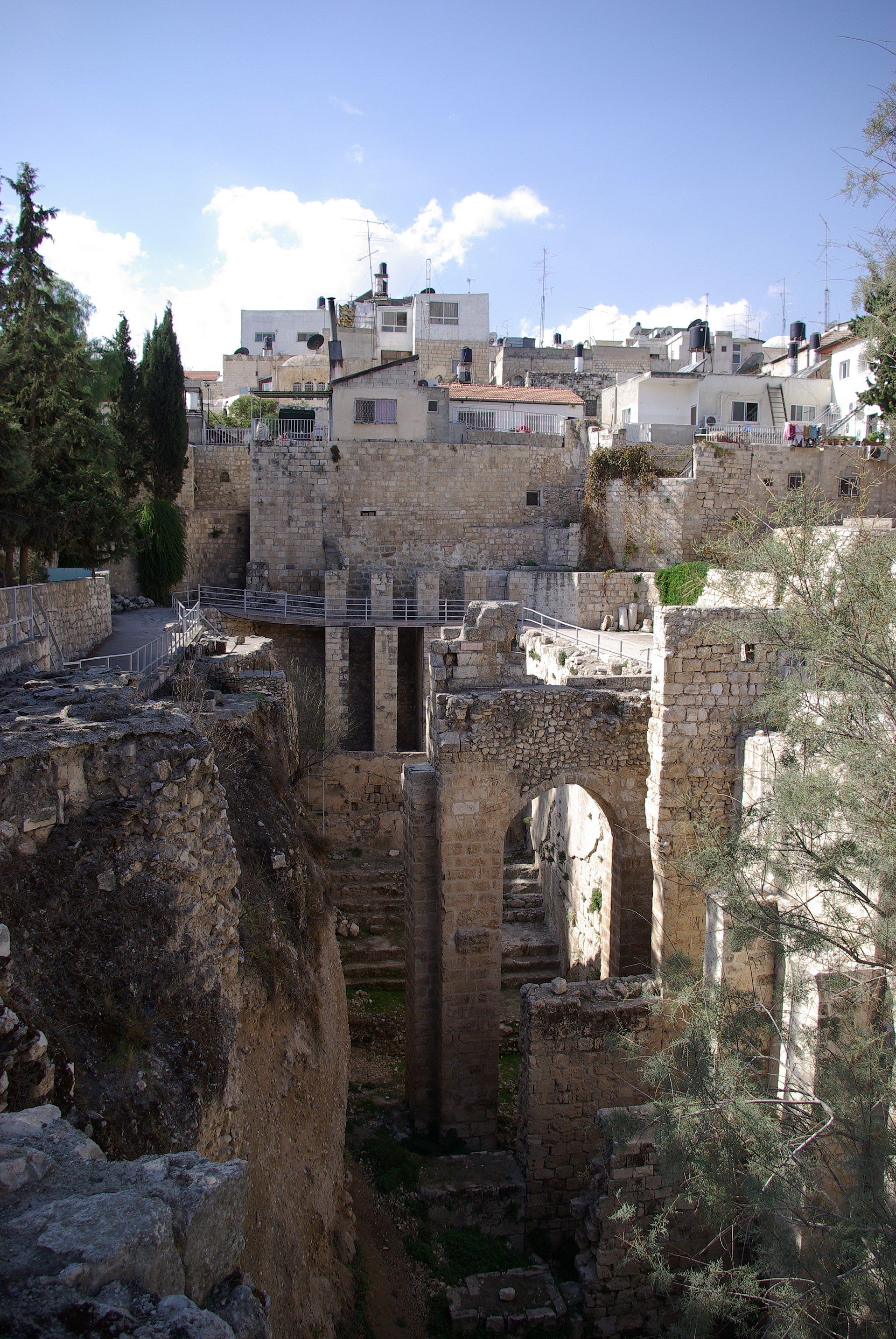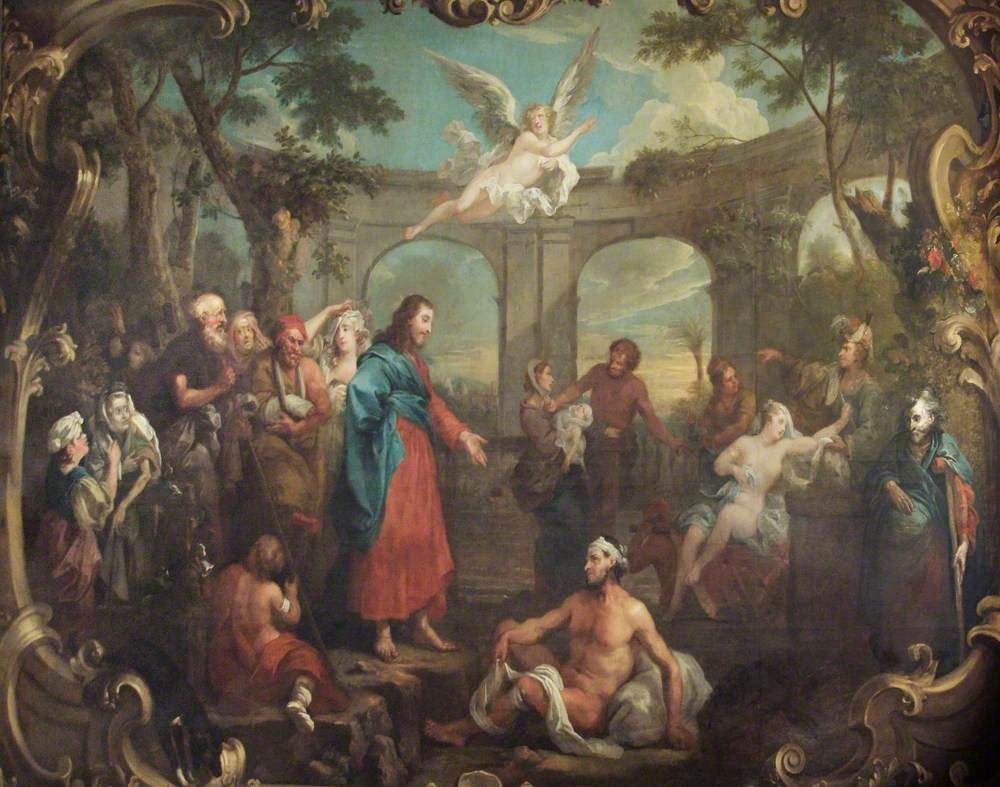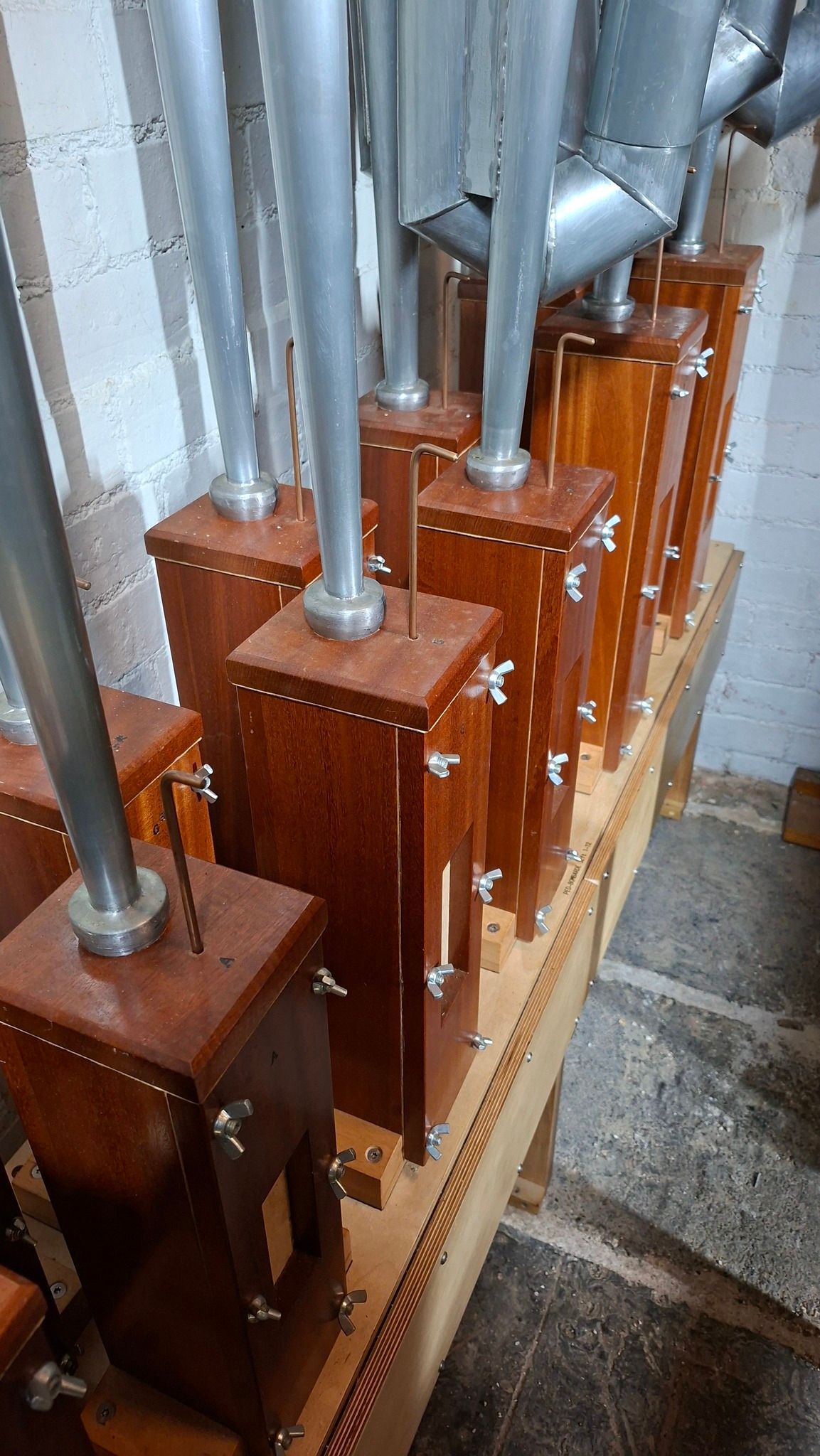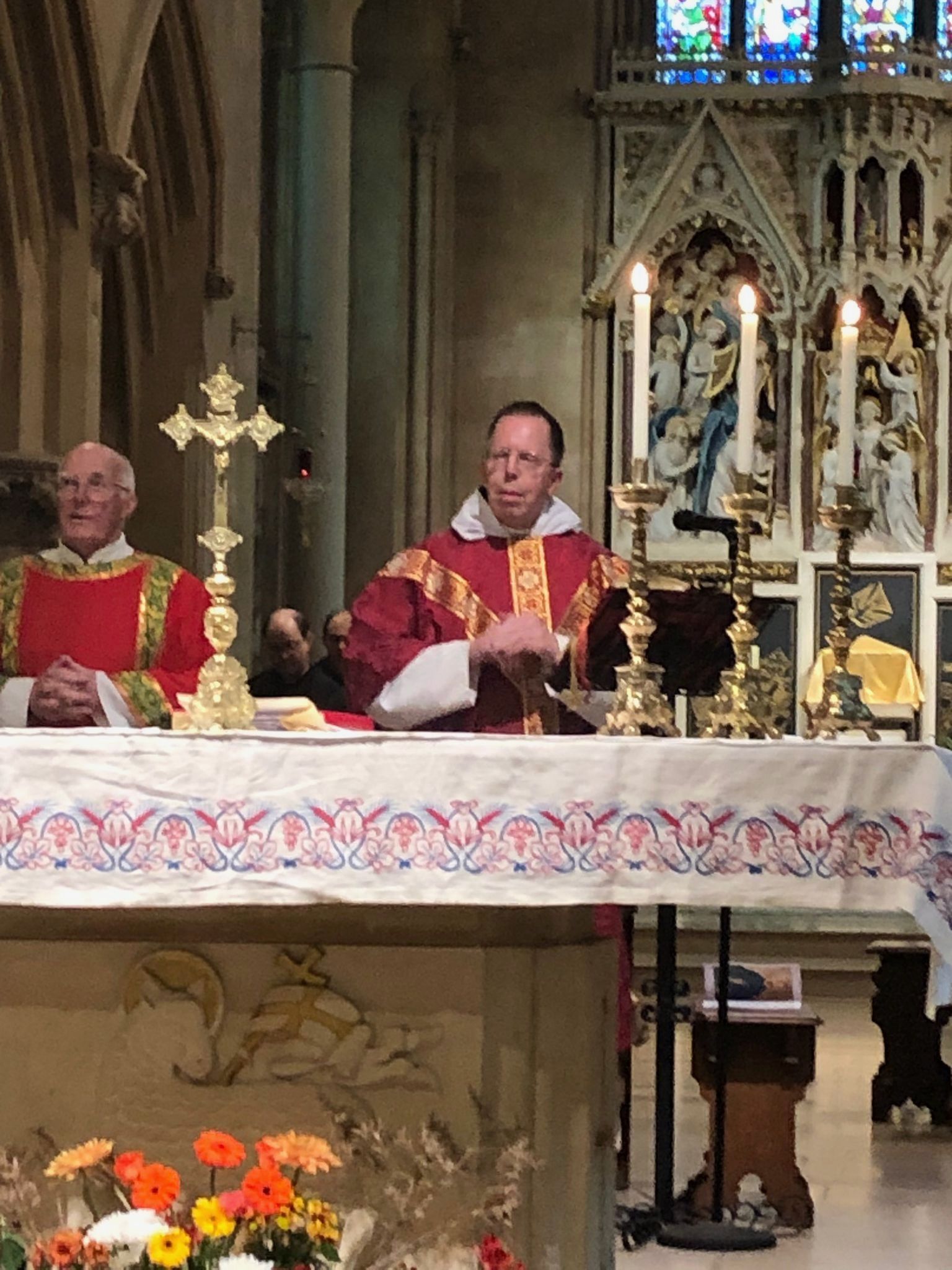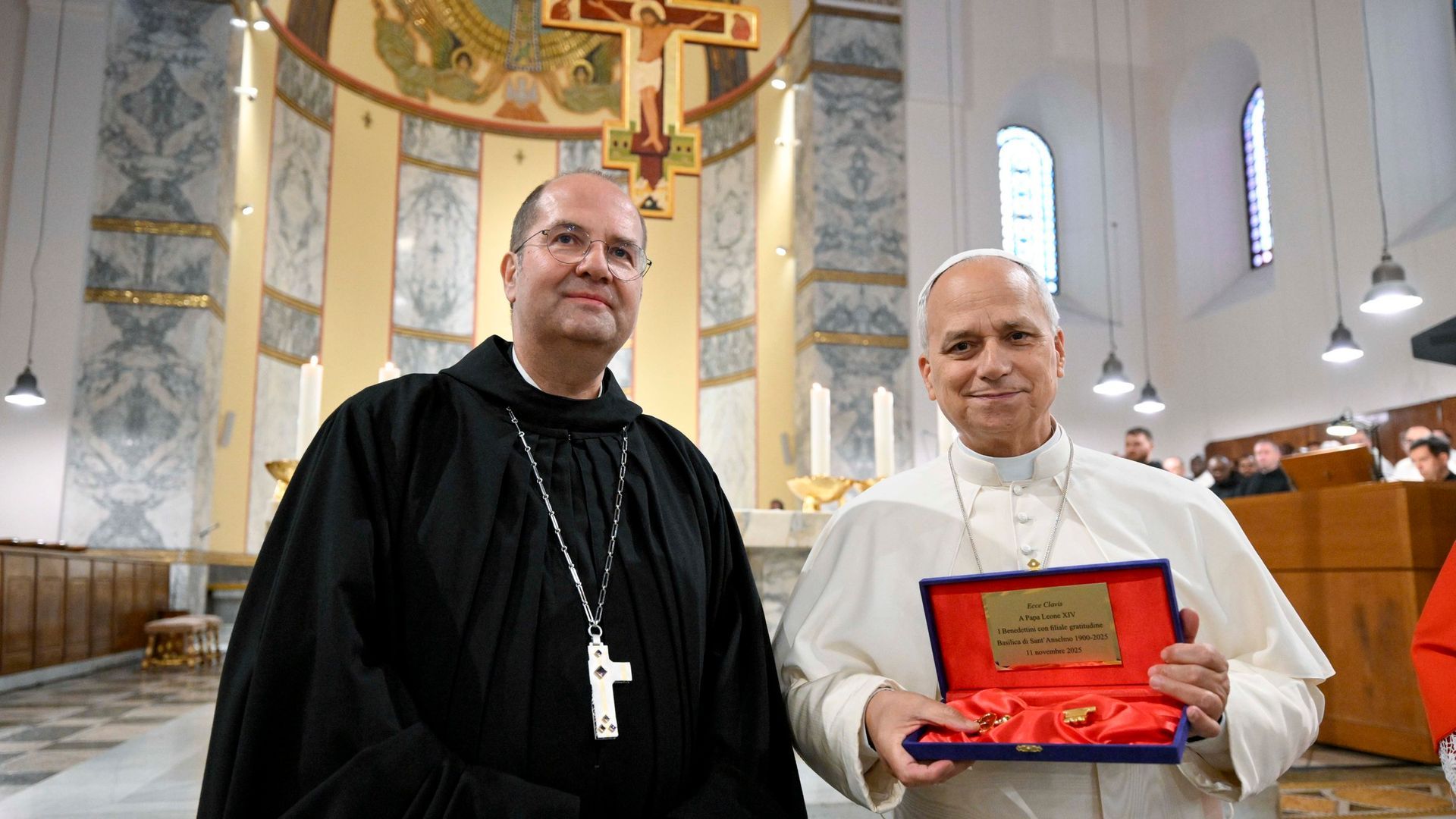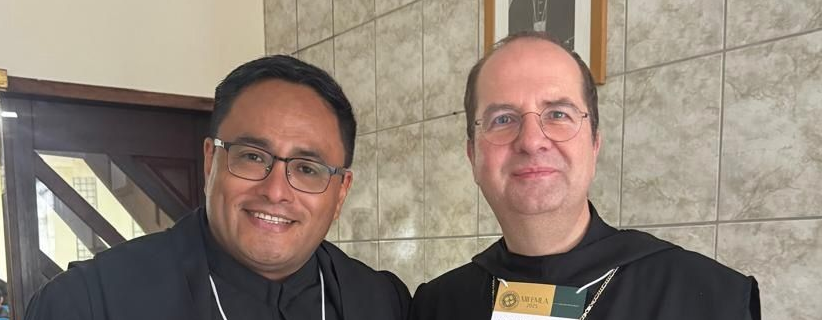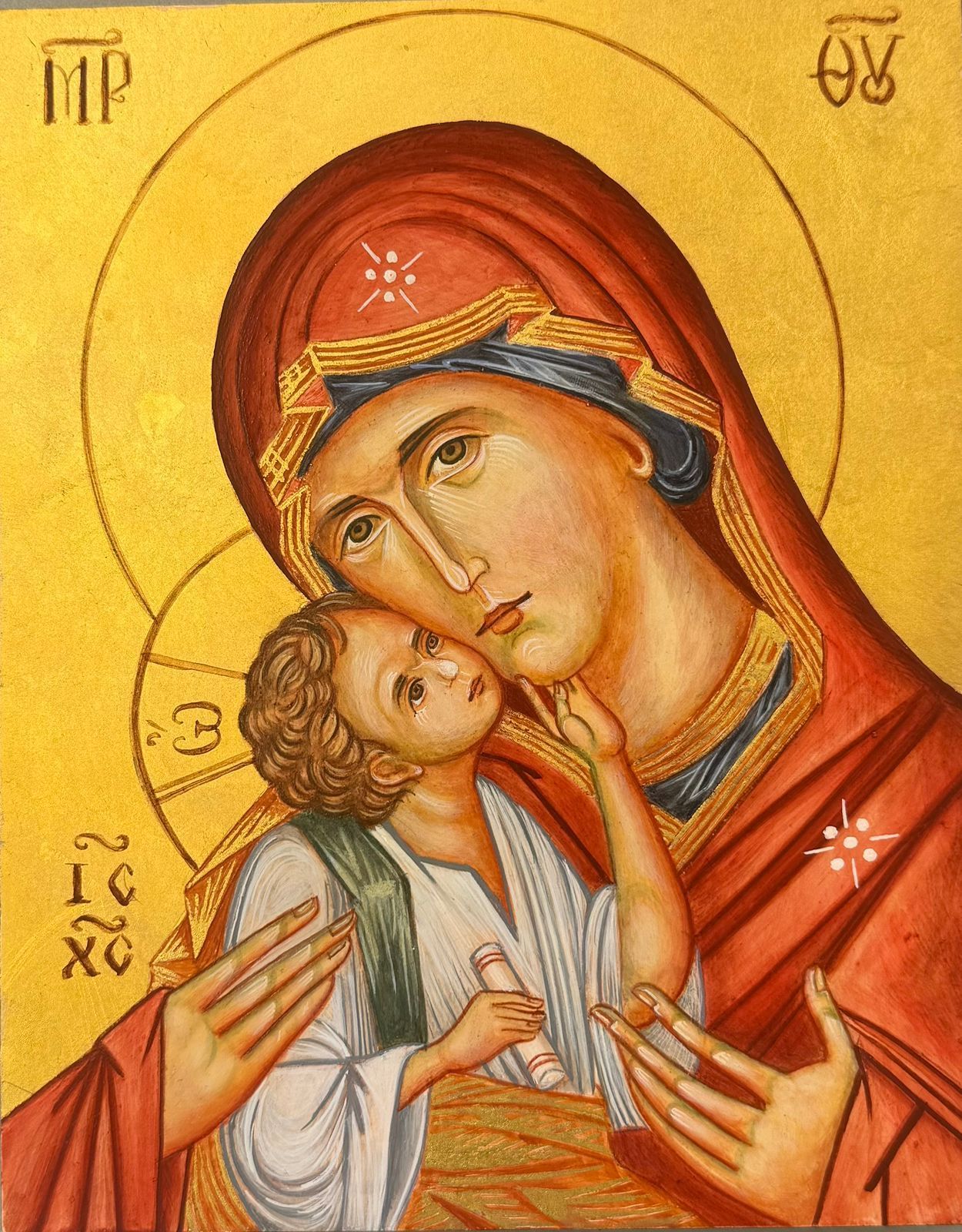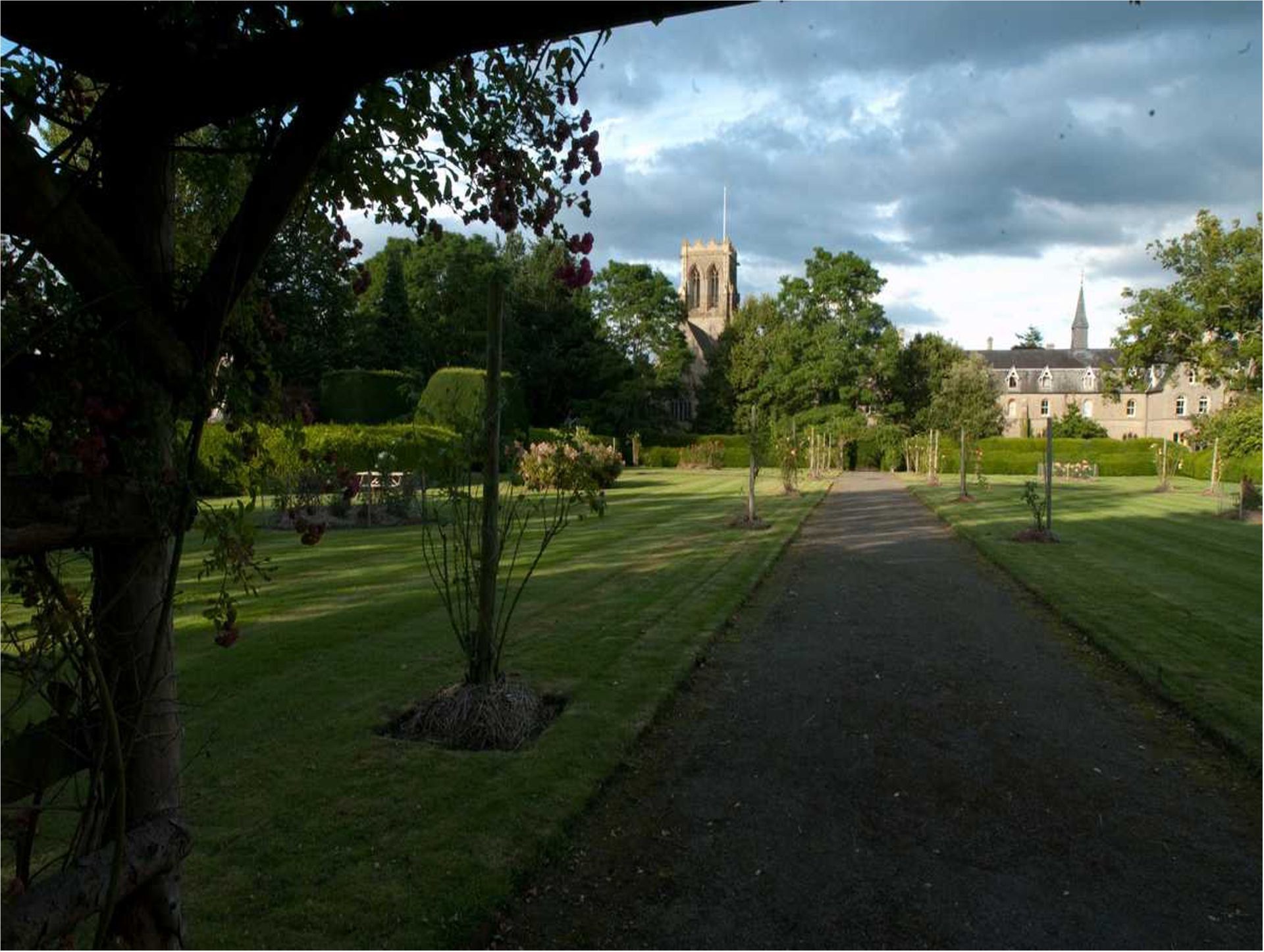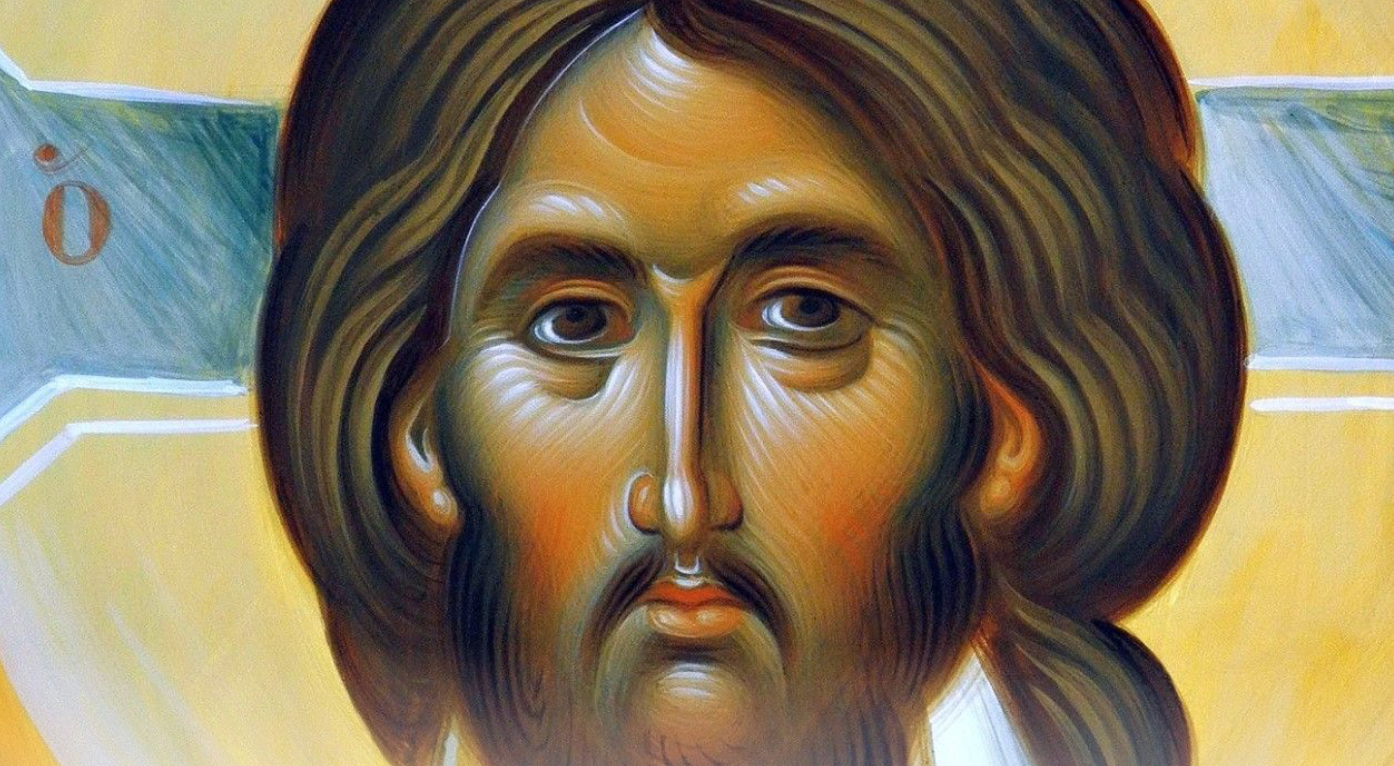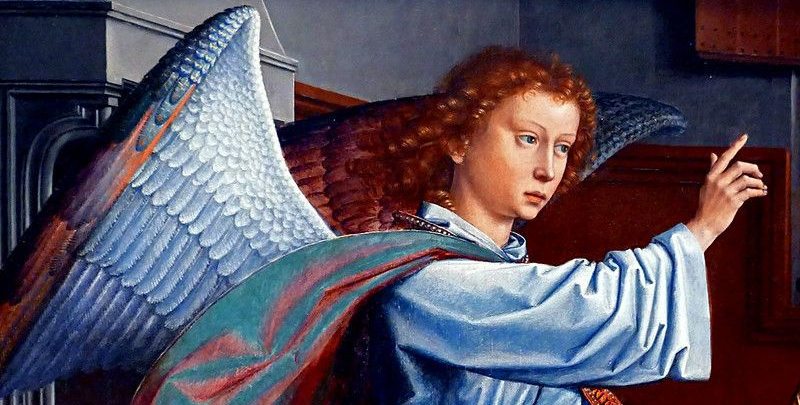Message of Abbot Paul - Tuesday - 12th March 2024
Abbot Paul • March 11, 2024
Yesterday, we heard of the healing of the court official’s son, a young lad. John described this as the second sign that Jesus gave. Today we continue our reading of John, (Jn 5: 1-16), with the third sign, the healing of an adult, a man whose illness had lasted 38 years. Again, we’re not told what the man was suffering from, but he was among the blind, the lame and the paralysed, waiting near the Sheep Pool in Jerusalem for the waters to move. It would appear that people had been cured there, but this poor man had no one to help him get into the water. This is what happened. “There was a Jewish festival, and Jesus went up to Jerusalem. Now at the Sheep Pool in Jerusalem there is a building, called Bethzatha (Bethesda) in Hebrew, consisting of five porticos; and under these were crowds of sick people – blind, lame, paralysed – waiting for the water to move. One man there had an illness which had lasted thirty-eight years, and when Jesus saw him lying there and knew he had been in this condition for a long time, he said, ‘Do you want to be well again?’ ‘Sir,’ replied the sick man ‘I have no one to put me into the pool when the water is disturbed; and while I am still on the way, someone else gets there before me.’ Jesus said, ‘Get up, pick up your sleeping-mat and walk.’ The man was cured at once, and he picked up his mat and walked away.” Jesus has gone up from Galilee to Jerusalem, so this is the first act of healing which Jesus performs in the heart of Judaism. Jesus approaches the man, for he can see that there is no one to help him and simply asks him the obvious, does he want to be healed? The man explains why it’s impossible for him to get into the waters. Jesus doesn’t need the miraculous waters to heal the man. His word is sufficient: all he has to say is, “Get up, pick up your mat and walk.” This is a new creation. God speaks again in Jesus and renews what has gone wrong in creation. The man gets up, picks up his mat and walks: he has put his trust in Jesus’ word. Strange that we hear no word of thanks, he just obeys Jesus’ orders and walks away healed. But there is more to come, for the healing takes place on the Sabbath and the man is seen carrying his sleeping mat, something strictly forbidden on the Sabbath.
“Now that day happened to be the sabbath, so the Jews said to the man who had been cured, ‘It is the sabbath; you are not allowed to carry your sleeping-mat.’ He replied, ‘But the man who cured me told me, “Pick up your mat and walk.”’ They asked, ‘Who is the man who said to you, “Pick up your mat and walk”?’ The man had no idea who it was, since Jesus had disappeared into the crowd that filled the place. After a while Jesus met him in the Temple and said, ‘Now you are well again, be sure not to sin again, or something worse may happen to you.’ The man went back and told the Jews that it was Jesus who had cured him. It was because he did things like this on the sabbath that the Jews began to persecute Jesus.” For his enemies, the strict adherence to the letter of the Law, as interpreted by the scribes and Pharisees, was more important than the Law of charity and kindness, to perform an act of kindness, which Jesus himself observed. Later on, in his letters, John the evangelist will develop this theme and state categorically that God is love. He will state that if we cannot love the brother we see, then how can we love God we do not see? However, Jesus is not only generous and kind, he is also just, and so he warns the man he has healed to sin no more. This is what Jesus tells all those he heals and forgives, that they must sin no more. Let us pray today for healing, for ourselves and for all who need the loving mercy of Jesus. May we all be healed of whatever afflicts us and be given the grace to sin no more.



